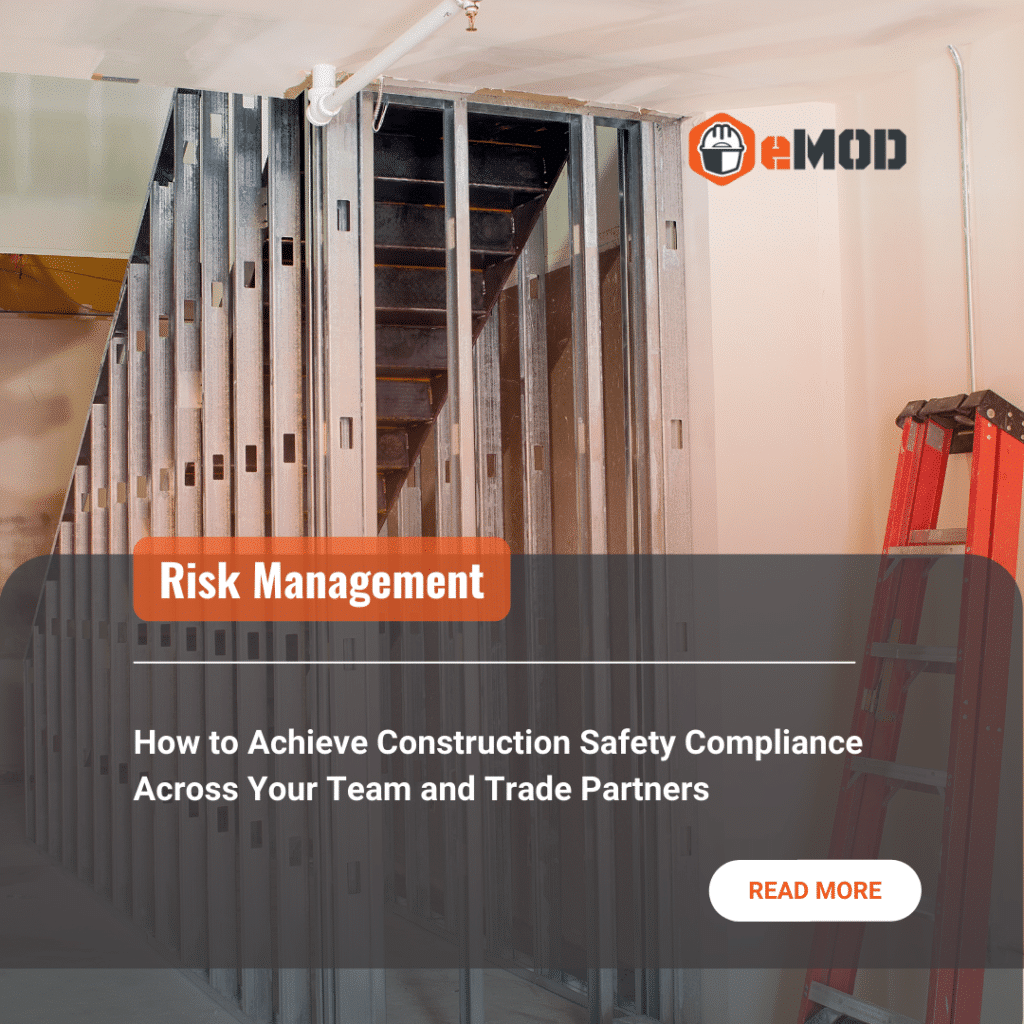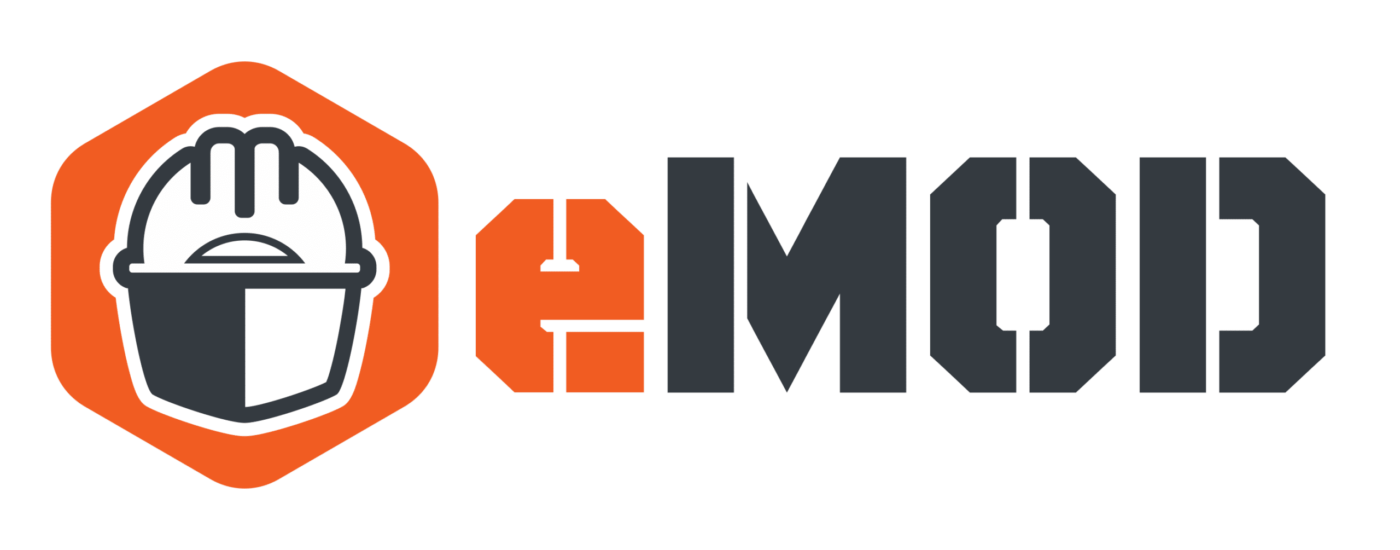
By Mat Phillips
Construction safety compliance is a necessary part of our work — and an important part of my job role as superintendent. The most important aspect of being compliant is completing safety documentation — from daily pre-task plans, site-specific job hazard analysis, and project orientations to company-level protocols.
In the event of a safety incident, these documents provide OSHA, insurance executives, and any safety professionals the picture of all activity and precautions taken on the construction site. Additionally, these documents will showcase the level of responsibility — or irresponsibility — crew members, trade workers, and superintendents like me have taken to keep the job site and crews safe.
While compliance paperwork can be tedious, it’s important to remember that the whole point of compliance is rooted in safety. We are compliant so that our extended teams — from trade workers to our crew — are as safe as possible on the job site.
Fundamentally, being compliant also means being transparent. It means taking ownership of your work — and in my case, as a superintendent, assuming responsibility for the safety practices of everyone working on my projects.
And, just one last scary bit: As a superintendent, if I’m negligent when it comes to construction safety compliance (Including if anyone on my job isn’t compliant), I could be held criminally liable. So can the CEO of my company. And my company can face financial liability.
So, to recap. Documentation is a must. Liability is absolute. And transparency can save you.
So, as you might imagine, I do everything I can as a superintendent to be compliant. Here are five tips on how to maintain construction safety compliance, from my superintendent’s seat:
1. Use a construction safety compliance system you can replicate across projects
To be compliant, you must be consistent. So, it’s important to use the same system and process to be compliant as you move from job to job. If you try to maintain and track compliance in different ways for different jobs, you’re much more likely to lose track of an important detail or make a mistake. And just one lapse can be costly.
At Dome Construction, we use eMOD construction safety app as a single destination for all of our safety compliance documents, across all of our projects. And we have our trade partners use the same app, so that everyone on the job site can see the status of important safety documents.
2. Use a tool/system that aids your safety compliance workflow
There are thousands of details and considerations about my projects that take up my time and brain space on a daily basis. Compliance is just one small area of my job. So, I need a tool that makes it easy for me to facilitate the workflow of important compliance documents and tasks related to my job. Fortunately, eMOD does just that — by allowing me to track daily pre-task plans, audits and observations, training docs, and much more. At any time I can check the app and see the status of compliance documentation, and send notifications to anyone who needs to complete or take action on any safety compliance documents.
3. Don’t just ask trades to be compliant; share a process
Believe it or not, I’ve witnessed some construction management professionals who ask their trade partners on a project to be compliant. But they never follow through to find out if the appropriate paperwork was completed (and is thorough), don’t know where the key documents live, or don’t use the same tech tool to access it. By using the same process and tool (eMOD) that our trade partners do, we not only can track the completion of the docs — but we can help troubleshoot safety problems together.
4. Judge others’ work the same way you judge your own
One of the great things about eMOD is that by taking some of the pain out of document administration, it allows our teams to improve the quality of our construction safety compliance documents. If I see a pre-task plan or a job hazard analysis document from a trade partner that is low quality or incomplete, it’s easy for me to reject it, comment, and ask for changes.
But it’s also important that you judge your own compliance paperwork by the same standards as your trade partners. I routinely create my own PTPs and JHAs — partly to document my work on a job site and partly so I’m consistent with what I’m asking others to do. Remember, one of the goals of safety compliance is to improve transparency across a project. That includes being accountable for your own work in the same way you hold your trade partners accountable.
5. Be transparent so your safety team can help you
There’s one other important reason to use a shared tool like eMOD: It provides transparency across a company. Using that shared tool allows our management, from the CEO to safety officers, to help make sure that all projects are compliant. And most importantly, to help you.
Compliance — and the potential liability that comes with it — is a pretty weighty burden to carry alone. With that transparency, management can help identify and work with you to solve some challenging or recurring problems and minimize risk across a range of projects.
About eMOD
Founded in 2017, eMOD is a team of experienced commercial construction superintendents, project managers, and safety officers from a San Francisco-based general contractor. Safety is more than our passion; we’ve built a company and a product dedicated to making our industry safer. The eMOD construction safety app is designed for the next generation of construction owners, insurance companies, general contractors, and trade partners. We not only built the app, we use it every day. Contact us to set up a demo today.
Mat Phillips is a superintendent for Dome Construction.

